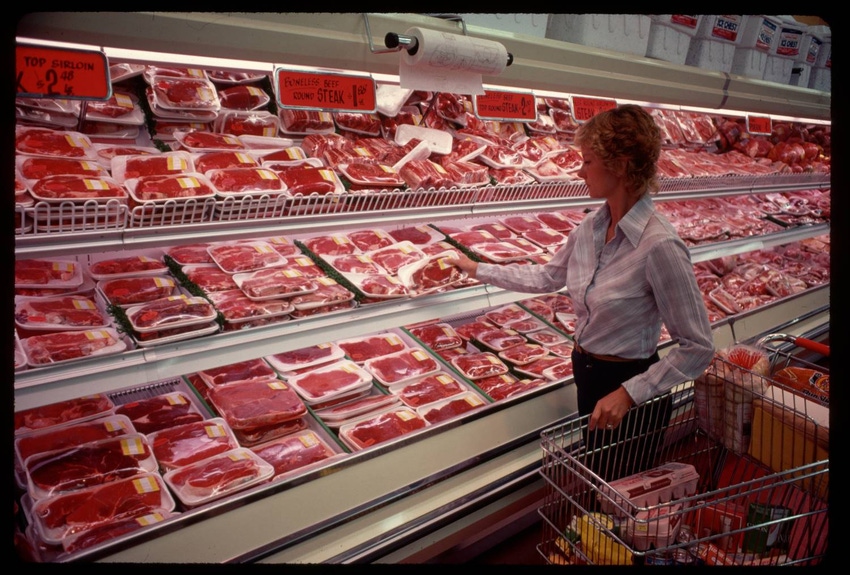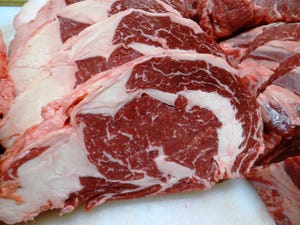K-State research could boost sales of lower quality beef cuts
Ribeye, flank, eye of round and shoulder clod tenderness was heavily influenced by aging.
February 22, 2022

Kansas State University meat scientist Michael Chao says a recent study on eight cuts of meat could help consumers identify more tender products in the grocery store and better utilize less tender cuts at home.
"As less people possess the knowledge to properly handle tougher beef cuts today, this research can certainly provide consumers the confidence needed to handle those cuts," Chao says. "Hopefully, it will also increase sales of lower quality beef cuts."
Chao says the study analyzed eight meat cuts – ribeye roll, knuckle, flank, shoulder clod, chuck tender, eye of round, brisket and top sirloin butt – for tenderness, based on three components: muscle fiber, fat content and connective tissue.
Then, a trained panel of meat evaluators rated the cuts on their perception of tenderness.
Results from the study found that the three tenderness components did indeed correlate with the tenderness ratings from the panelists. Chao's report included some notable examples:
Ribeye, flank, eye of round and shoulder clod tenderness was heavily influenced by aging.
Brisket tenderness was affected by density of connective tissue within the muscle.
Top sirloin butt tenderness was affected by fat content.
"By understanding the main tenderness contributing factors of each cut, the industry can utilize this information to teach consumers the proper tenderness management strategy for each cut," Chao says.
He says the findings could alter the way consumers prepare or cook your beef cuts. For example, Chao recommends not aging a tougher meat cut like brisket, but instead cook the cut in a pressure cooker to make it more tender.
Chao's work is included in the research report for K-State's upcoming Cattlemen's Day, scheduled March 4 in Manhattan. The report is available to view online through the K-State Research and Extension bookstore.
Source: Kansas State University Research and Extension, which is solely responsible for the information provided, and wholly owns the information. Informa Business Media and all its subsidiaries are not responsible for any of the content contained in this information asset.
You May Also Like



